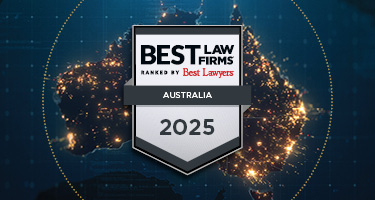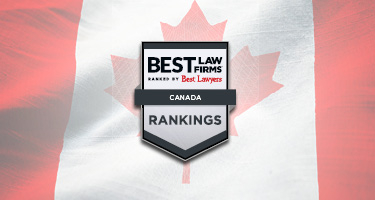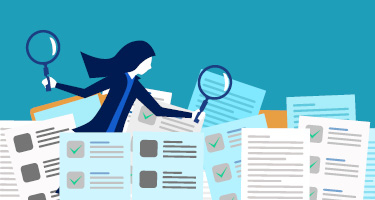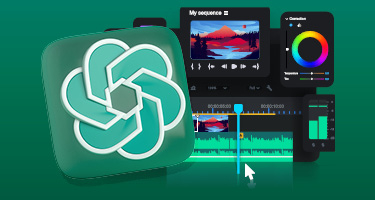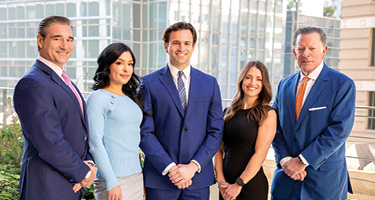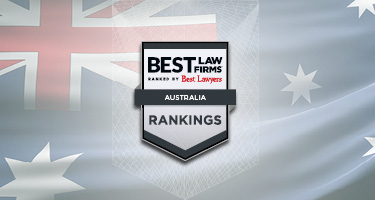In order for attorneys to maintain their license to practice law, most states require that they complete a certain number of continuing legal education (CLE) credits. Because of their important role as officers of the court and their involvement in the administration of law, attorneys are subject to rules of professional responsibility that regulate their conduct and impose special standards to protect clients and the public. CLE requirements work hand-in-hand with professional ethics rules to ensure that attorneys maintain a certain level of competence and expertise, as this educational programming helps them maintain and sharpen skills, reinforces their understanding of basic principles and keeps them up to date on new developments that affect their practice.
Many law firms have become accredited CLE providers to offer their attorneys the convenience of in-house seminars that target certain topics and issues that are particularly relevant to the firm’s practice areas. What best practices can firms implement to make their in-house CLE courses engaging, innovative and transformative? What are the keys to making the most of these sessions so they have the greatest impact?
As the immediate past chair of the Minimum Continuing Legal Education Board of the Illinois Supreme Court, I (along with my colleagues) regularly examined research and studies on adult learning to better understand the theories that enhance education and make CLE more attractive and useful to attendees, who also happen to be busy attorneys.
Let’s face it: Practicing attorneys are often strapped for time, trying to find enough hours in the day to deal with the pressures placed on them. They daily juggle client demands, court deadlines, billable hour requirements, business development tasks and family responsibilities. Adding an additional requirement in the form of CLE can cause attorneys to view the sessions as a burden, even though they understand that the law is continually in flux, and it is important to keep up with new developments to effectively represent clients. What can firms do to spark interest in this programming and make it engaging so attorneys want to participate?
One major takeaway from the research on adult learners is that they learn best by doing. This means that when devising course content, focus on the experiential and interactive rather than simply presenting a lecture. Remember: Your audience is made up of attorneys who have handled legal matters with differing experiences and outcomes. Do your best to connect the program content with these experiences, enabling attendees to understand the material in a familiar context. Include discussion of real-world applications and hypotheticals so the attorneys can understand and visualize how to apply what is taught. Often, including “war stories” of how someone effectively dealt with a similar situation can be helpful, as studies show that storytelling resonates and stays with an audience.
Adult learning research also indicates that courses are most effective when attendees are given clear objectives for the session and understand the relevance of the topic. Learners are more likely to be engaged when they understand what they are expected to learn and why. At the get-go, clearly state the purpose of the session, then link the relevance of what is being taught to daily practice.
Along those lines, keep the presentation organized and structured so that it’s easy to follow and digest. When moving from one section to another, ensure easy transitions by recapping and summarizing the key points so that everyone is on the same page before a new topic is introduced. Also, build in time to answer questions, either at these transition points or at the end of the presentation. However, make sure to keep Q&A sessions focused—don’t let them detour too far afield from the issues addressed in the program.
Also, consider including breakout sessions so attendees can immediately test the information they’ve just learned. Studies show that adult learners focus on trying to solve new problems and want to apply new learning immediately. The separate session can address a relevant hypothetical to give attendees the opportunity to use the new information in a real-world environment. Breakouts can be done both in-person and online, depending on the program’s format. If it’s online, it may be helpful to include a live chat to allow attendees to discuss points, take notes and ask questions. This may encourage those otherwise hesitant to speak up in a group setting to participate and engage in the discussion more fully.
Make the presentation visually engaging. There’s no doubt that we’re in an age of visual information, with visual content playing a role in every aspect of life. Research shows that the majority of the population are visual learners, which means people need to see information to absorb it. Helping attendees “see” and remember information entails highlighting key points with a variety of colors, fonts, pictures and graphs.
Studies also reveal that adult learners value having input into how they’re being taught. To that end, involve them in planning by soliciting ideas for topics that would be helpful to them and their practice. Be sure to gather feedback at the conclusion of the session and use those comments to plan future courses. Offering sessions throughout the year is beneficial, too, as it allows attorneys to pace themselves and not become overwhelmed with an information deluge all at once on the eve of the CLE compliance deadline.
In sum, when creating course content and delivery, following these practices can help make your in-house CLE more engaging and valuable to your attorneys. Combine this with a firmwide growth mindset that CLE is relevant, empowering and transformational, and you have a recipe for success.


